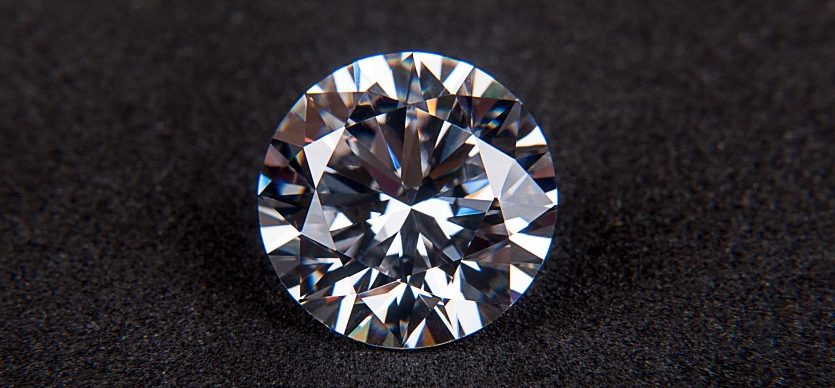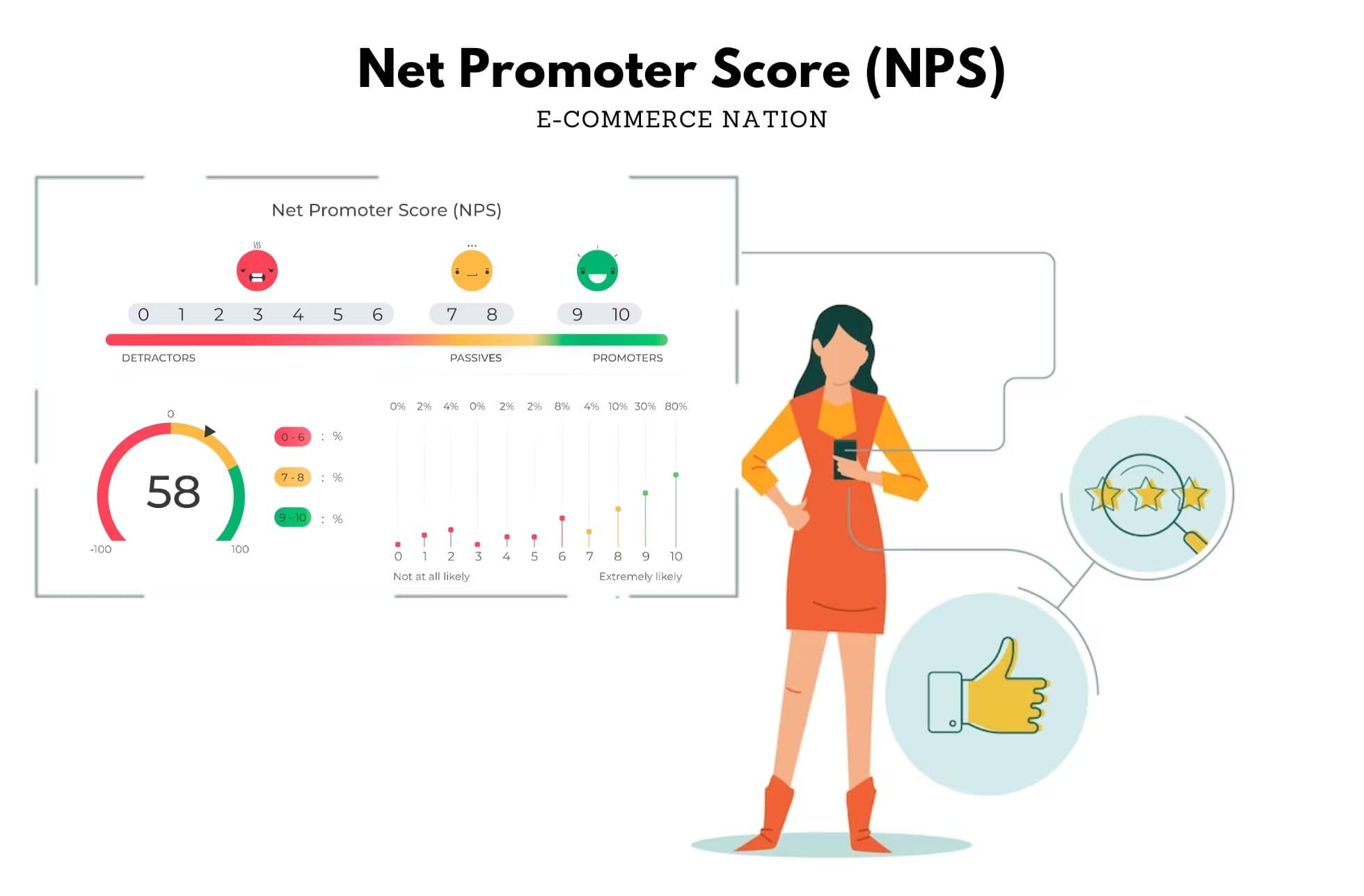Value isn’t all about inflation. While the constantly changing weight of currencies certainly plays a part in pricing, human and social factors also have an impact.
Let’s take a brief look at what value really is, and try to come to terms with how we as a global community understand the concept of it.
What is Perceived Value?
This is for all intents and purposes the gut feeling you get when looking to purchase an item. Most people don’t really ‘know’ how much something is worth, so the only way they can make a judgement call is via their own intuition.
Several factors will play a hand in boosting perceived value, including:
- Brand – A respected or well-known name
- Luxury – Products like wine, diamonds and anti-aging products (which offer very little long-term benefits, but are still coveted owing to their ‘class’)
- Consumer utility – Items which buyers will get satisfaction from and provide a real use
In some instances, you’ll even find consumers willing to pay more for the exact same product if there are secondary benefits. In these cases, the value addition can come in several different forms:
- Product is easier to buy
- Items arrive more quickly with certain providers
- It’s from an elite brand
- Lower cost of ownership
- Friendlier customer service
Psychology plays a huge role in practically every aspect of life – and that’s certainly no truer than when it comes to valuation.
The Responsibility of Businesses
Along that line of thinking, customers have been proven to be willing to make a purchase if a company or brand have made a concerted effort to give back to the community – be it locally, nationally or globally.
In a recent study it was found 50% of consumers aged between 40 and 44 are willing to make a purchase if they know the company are giving back.
In different countries, this figure does vary somewhat, but there is always an added boost regardless:
- Thailand, Philippines and Indonesia – two in three consumers think it makes a difference
- Europe – one in three consumers think it makes a difference
- India – three in four consumers think it makes a difference
If a company can prove they care about the community as a whole, they’re guaranteed to boost their value in the eyes of the general populous.
Getting the ‘right’ Pricing
Paradoxically, pricing also plays a huge part in how much we’re willing to pay. You may think that sounds obvious, but it isn’t true that the lower the value, the more likely we are to make a purchase.
The same study has found ‘Charm Prices’ are able to increase the value of an item by roughly 24%.
When a test was conducted which saw $34, $39 and $44 items put up for purchase, the middle-value ($39) was found to be the item which routinely sold the best.
Interestingly, it was also found prices which contained a lot of nines – such as $19.99 or $9.99 – would also sell better.
When it comes to valuation, lots of different variables can play a part. From brand presentation to commercial psychology, there are a myriad of factors which define prices.
If you’d like to discover more about the varying price of value over the years, take a look at the amazing infographic below.

Check out the whole infographic here!





